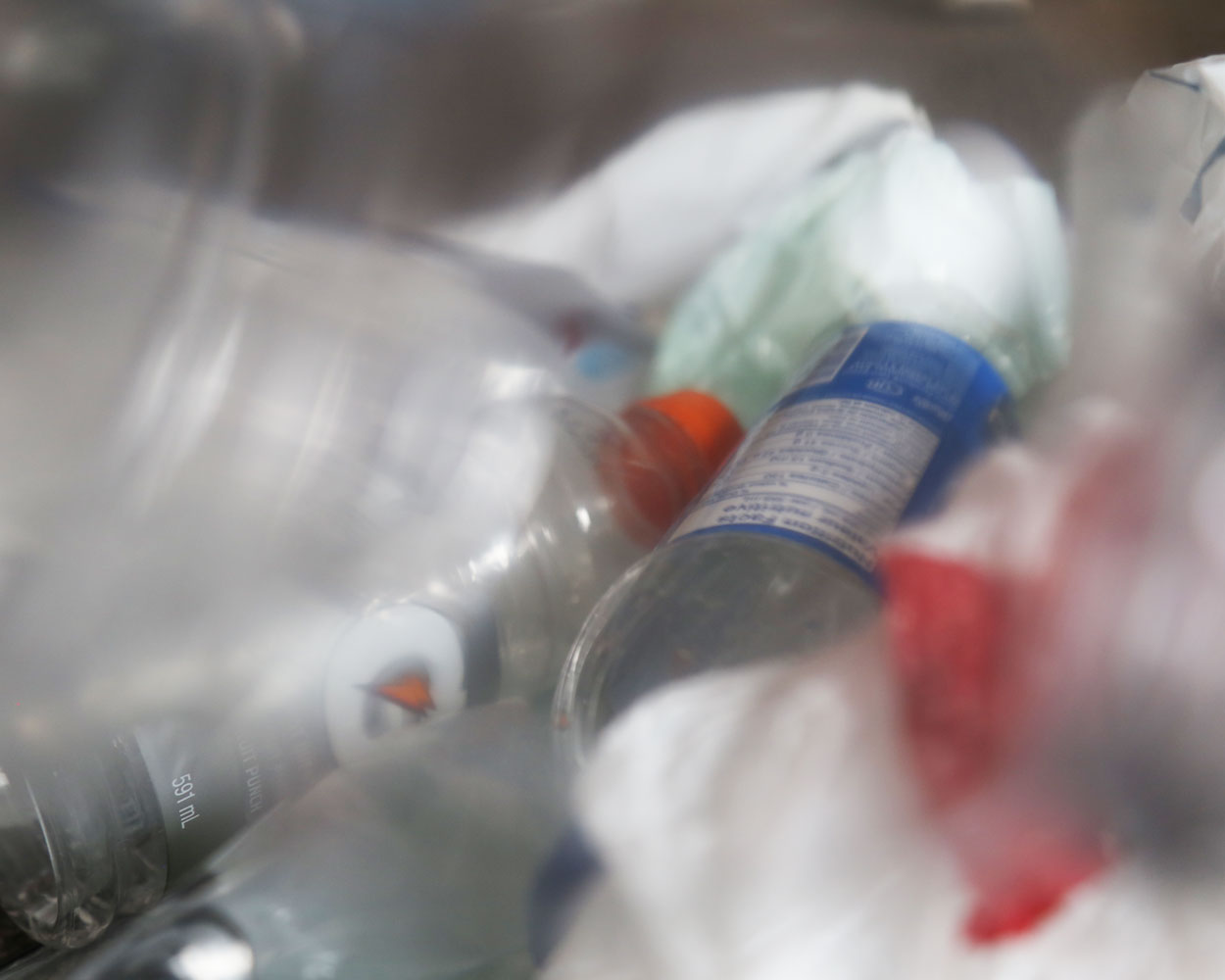Two University of British Columbia marine biology graduate students are seeking to reduce plastic consumption both on and off campus.
Fiona Beaty and Kaleigh Davis researched the impact that different plastics have on the marine environment.
Beaty said in an email that the two main ways plastics impact marine life is through physical mechanisms such as entanglement or ingestion and through chemical mechanisms such as accumulation of toxic chemicals.
“These mechanisms impair the capacity for marine animals to perform (i.e. feed, move), can impair their health, and lead to reduced survival or reproductive capacity (i.e. reduced fitness),” she said.
Following their research, Beaty said she and Davis are now working with the university to “disseminate this information” to students.
She said they’re also creating a strategy that would be targeted at reducing the sale and use of single-use plastic items such as plastic bags, coffee cups and plastic cutlery, on campus.
“First we will quantify the purchasing of these items and their relative impact on marine life (based on the plastic type), then we will pressure businesses and sectors on campus to alter their behaviour,” Beaty said. “We are also designing an engagement strategy to encourage the student body to pressure larger companies on campus to shift their purchasing away from single-use items.”
Earlier this month, the University of Guelph announced it will remove all single-use plastic bags and straws at in-house retail and food service operations by fall 2018.
According to Beaty, plastic can be found in animals in every level of the food chain from feeders like mussels, to predators like whales, and even humans.
“Plastics are ubiquitous throughout the world’s oceans and along the shorelines—this is not just a problem near urban centres,” Beaty said.
She said plastics can enter oceans through litter blown into water or washed into waterways during heavy rain, or are washed into storm drains that empty into the ocean.
Beaty said the most important thing is that people become aware of their plastic consumption and reduce it whenever possible.
“This means making a bit of effort at first to identify alternatives that work with your lifestyle and purchasing power. After that initial investment the changes will become second nature and easy to integrate into your lives,” she said.
Photo by Jasmine Foong






